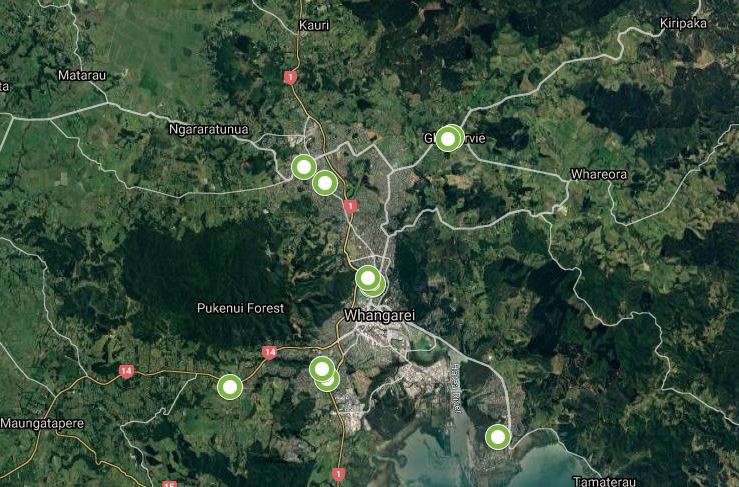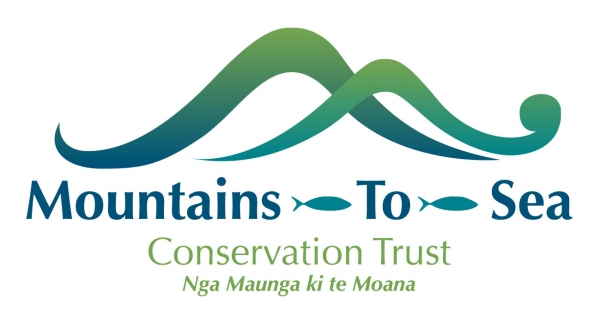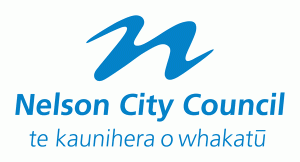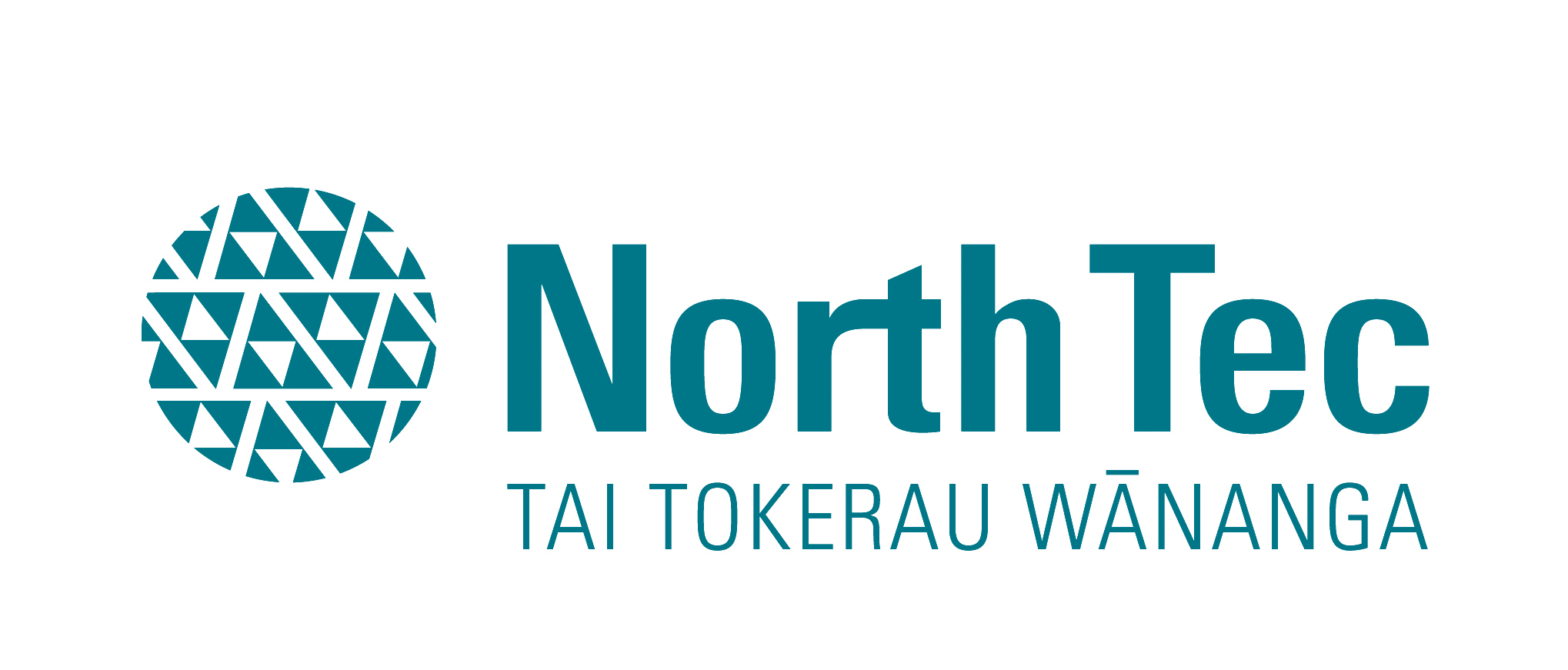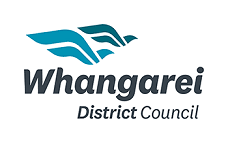The Drains To Harbour (DTH) programme empowers schools and communities by providing hands-on experiences in the environment. After these experiences, students are encouraged to put their knowledge into action within the community.
The DTH programme is currently offered in 3 areas - Whangarei, Far North District, and Nelson/Tasman Bay region.
If you’re interested in participating in the programme please contact
- Northland: Nicholas Naysmith,
This email address is being protected from spambots. You need JavaScript enabled to view it. - Nelson/Tasman Bay region: Jude Heath,
This email address is being protected from spambots. You need JavaScript enabled to view it.
The programme was successfully piloted in the winter of 2006 and has been running in the Whangarei District ever since, thanks to support from the Whangarei District Council. In 2018, it was successfully adopted in the Nelson/Tasman Bay area. Since July 2020, the Far North District Council has also funded this programme for schools in the Far North District.
Engaging Schools and Communities
The DTH programme involves a classroom introduction to stormwater pollution sources and effects, a field trip to a local stream to investigate water quality, and an optional visit to the local wastewater treatment plant or the Dragonfly Springs Wetland Sanctuary (Whangarei).
Following this, the students get the opportunity to use the DTH stencils to spray paint the DTH message near stormwater drains at their school and in the surrounding community eco-friendly Paint Plus products.
The Drains-to-Harbour programme offers
- Free posters, brochures and relevant information for your school to keep.
- Free stormwater pollution presentation led by DTH educator.
- Free coordination/organisation of field trips to local stream, wastewater treatment plant and drain stencilling sites.
- Free curriculum and safety management planning with teachers involved.
- Free coordination of volunteers to assist on field trips.
A maximum of 2 classes (or 60 students) per school can participate in coordinated field trips to local streams at one time. A maximum of 6 students per school can participate in the drain labelling exercise outside school grounds.
The DTH campaign is a professional stormwater pollution awareness campaign coordinated in Northland by Isabel Krauss (PGDip in Environmental Science).
Monitoring Stormwater Pollution
With the help of Whangarei District Council, Whitebait Connection has installed a number of LittaTraps around the Whangarei District which schools and communities help to monitor.
Source: Litta Trap Map
LittaTraps are gross pollutant traps that can be retrofitted inside a drain and emptied and monitored on a regular basis.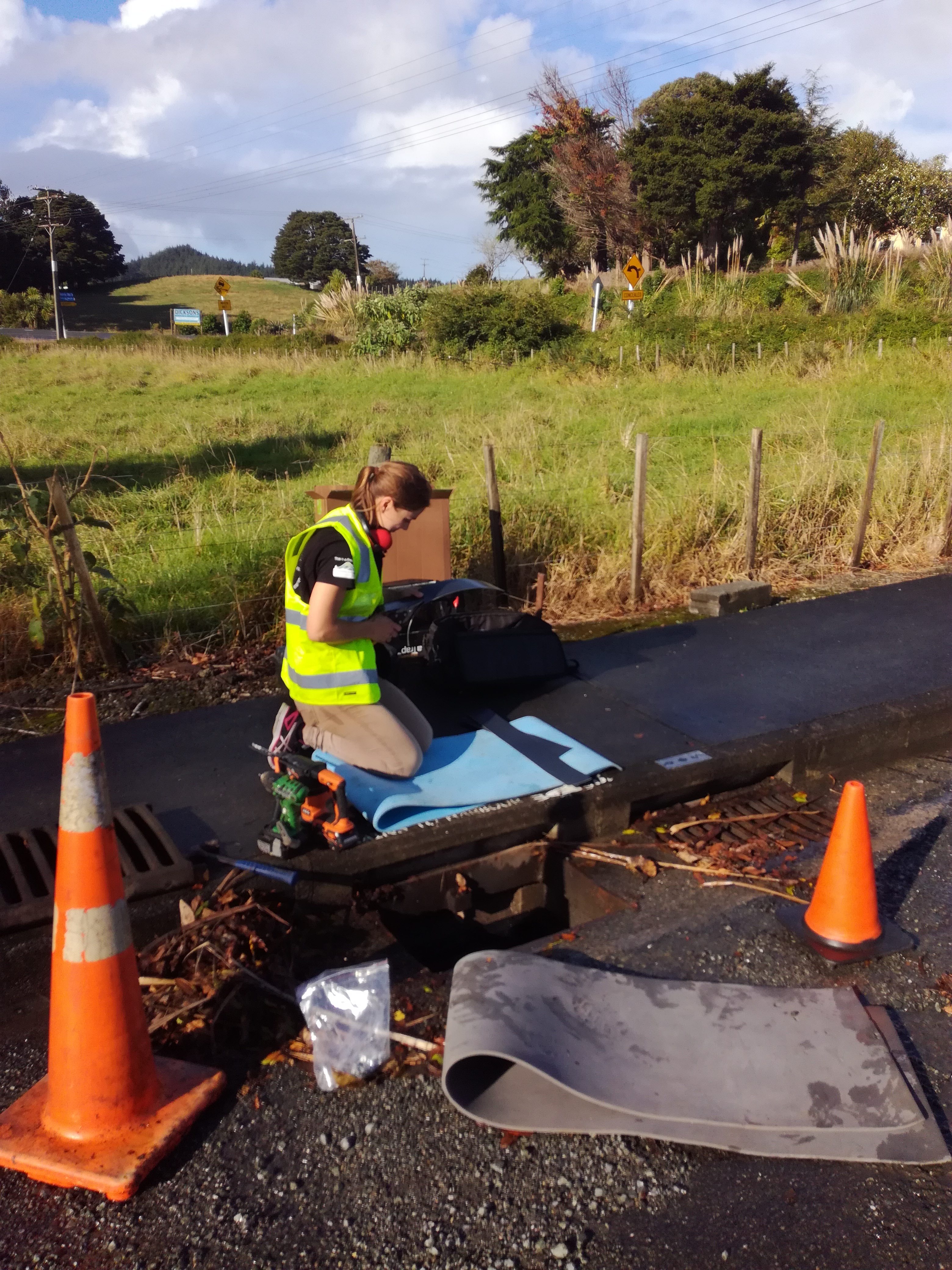
They retain plastic and rubbish before they enter the drainage system and therefore before they can reach our streams, rivers, and oceans. They are emptied on a regular basis and their contents recorded.
Data from the Littatraps feed into the Te Tai Tokerau Debris Monitoring Project that was brought into life by Dr. Manue Martinez who is a senior lecturer at NorthTec.
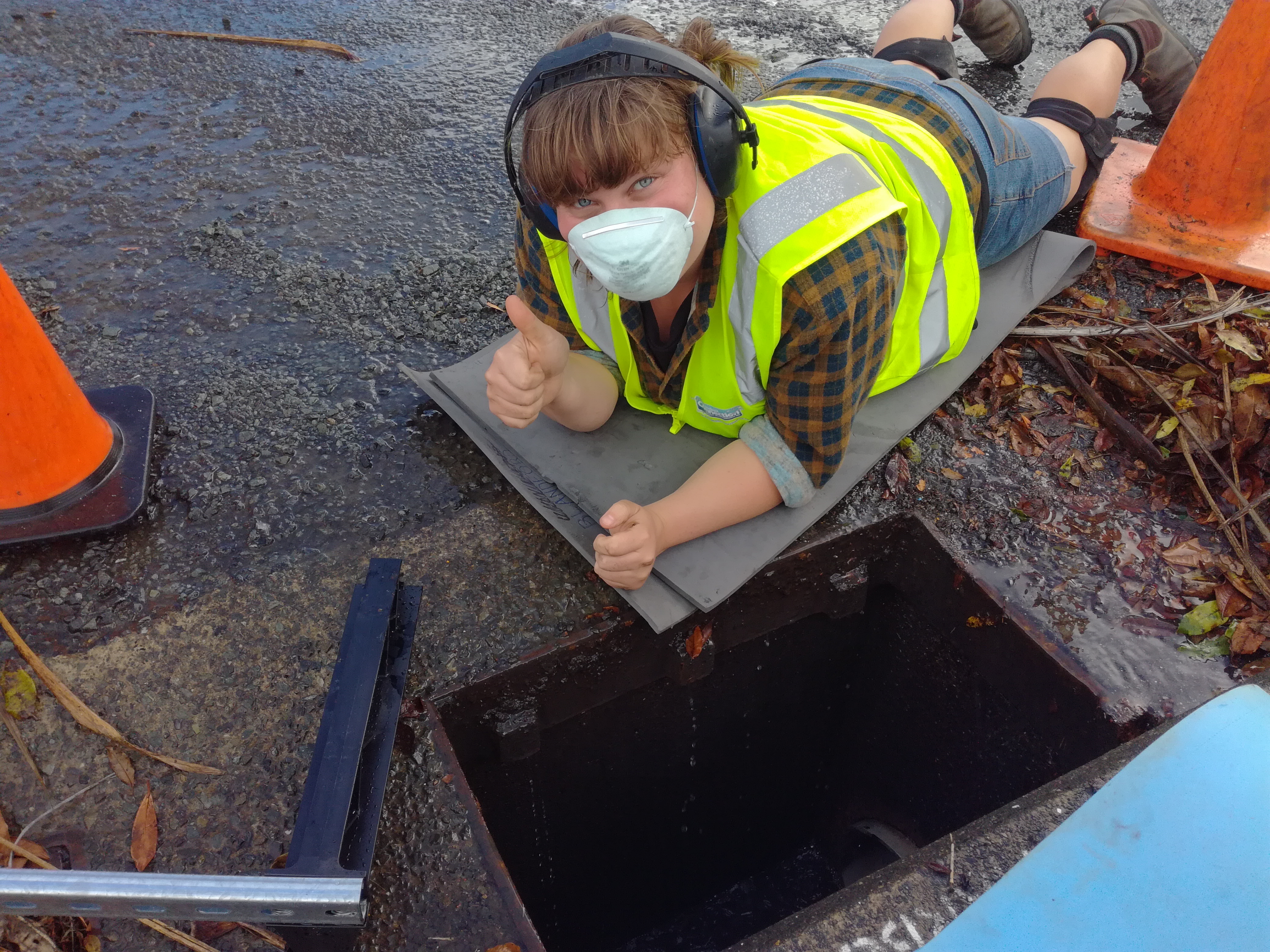
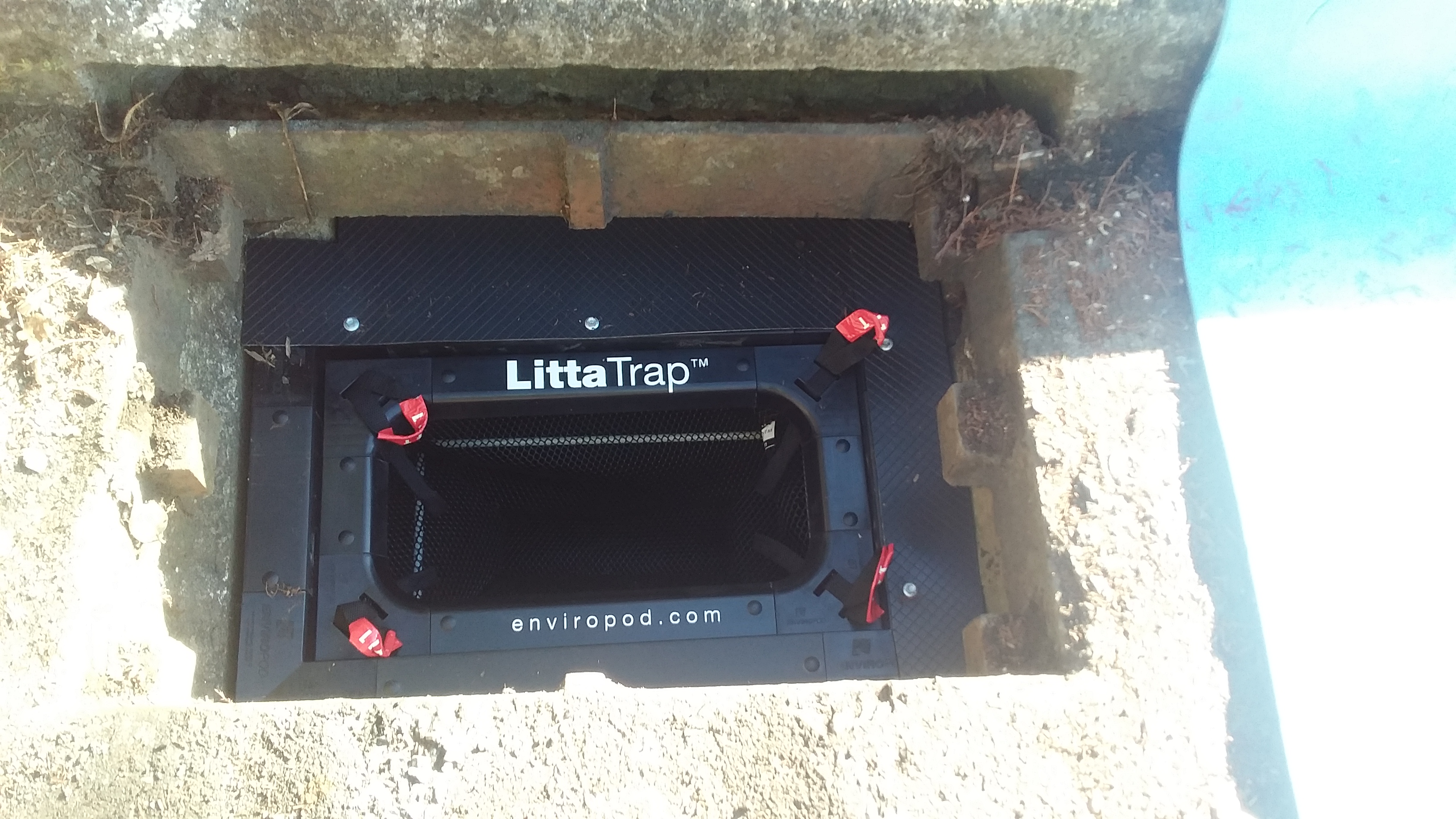
We are committed to the care and safety of all who we associate with.
See what some of the schools have been up to by clicking on the links below:

Lynda Foster’s Year 6 extension class did the DTH programme with coordinator Kim Jones in Term Two, 2013. The students learnt about the topic in the classroom before planning their field trip to the Waiarohia Stream. Their stream visit proved a very powerful experience for many of the students, reinforcing key messages and providing a meaningful context to their learnings. It also offered a source of inspiration for future learning. Students went on to research the creatures that they found and plan actions they could take to help their local environment. The photo story of their stream study can be seen here:
In 2017, Whangarei Primary took part in another programme - this time around,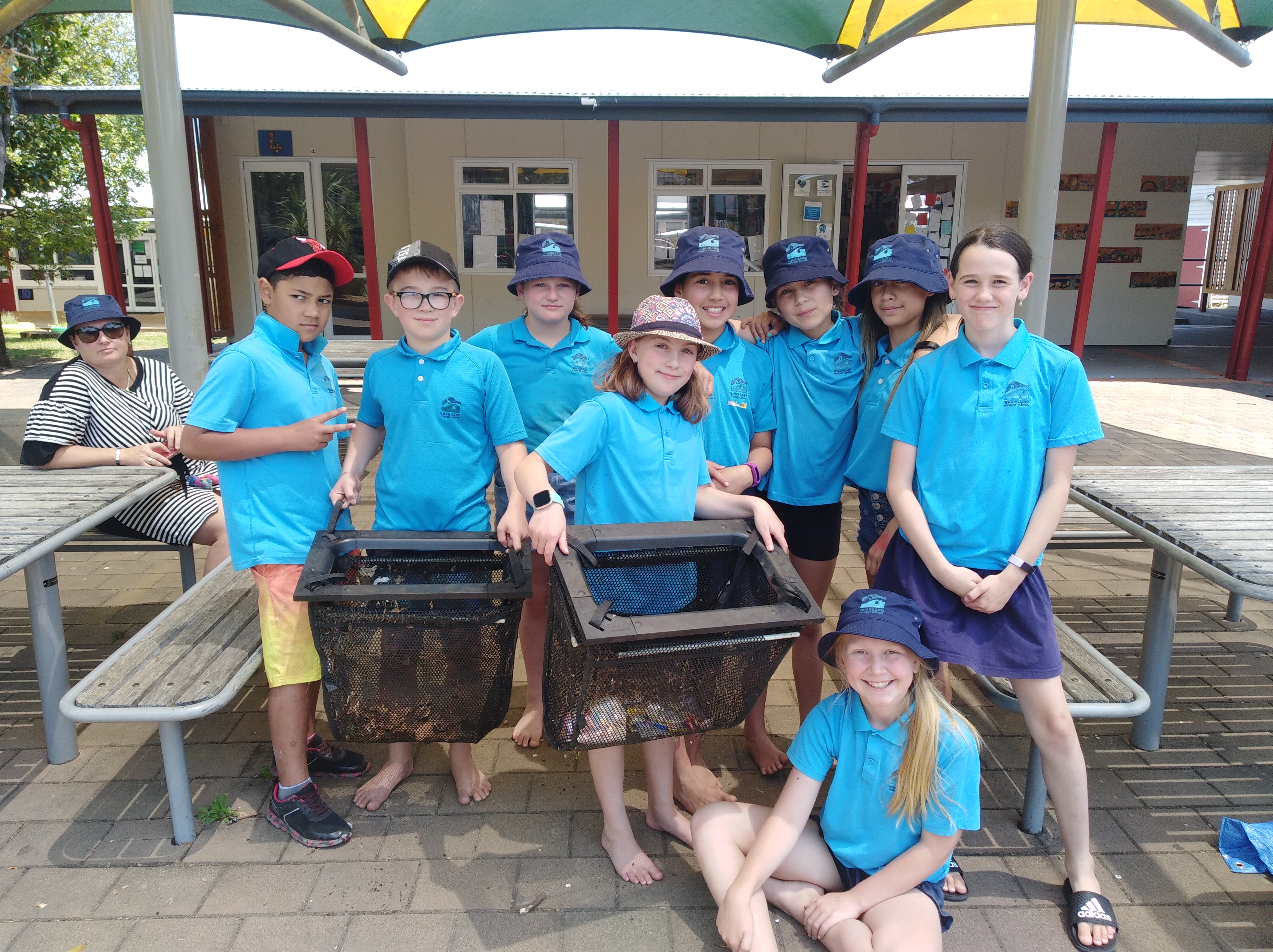 WBC installed 2 LittaTraps just oustide their school - students are regularaly auditing the trap and contribute data to the Te Tai Tokerau Debris monitoring Project. These are the students from the Envirogroup with their teacher Theresa Battersby at the end of 2019
WBC installed 2 LittaTraps just oustide their school - students are regularaly auditing the trap and contribute data to the Te Tai Tokerau Debris monitoring Project. These are the students from the Envirogroup with their teacher Theresa Battersby at the end of 2019
In Term 2, 2019, year 9 students from Whangarei Girls High learned about the stormwater network and stormwater pollution. They conducted stream studies at the Waiarohia Stream and the Hatea River.
One of their follow-up projects assessed the amount of rubbish in the Waiarohia from stormwater pollution and rubbish. As part of this, a LittaTrap was installed on the school property. The project also included roadside clean-ups and detailed data recording. The results were presented at the Northland Science and Technology Fair and won the Northland Regional Council’s Environmental Excellence Award!
You can read the full story on the Northland Regional Council's website here
Morningside School is located near a small stream that receives much of the area’s stormwater. The stream regularly flooded the nearby sports field and created odour.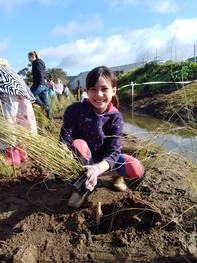
Through a combined effort from Whangarei District Council, local contractors, the Whitebait Connection and Morningside School the stream was completely transformed into a beautiful stormwater treatment wetland.
Leading up to the work being undertaken, Morningside School participated in the DTH programme to gain understanding of the effects of stormwater pollution. They boggy creek was full of rubbish - however, students and parents removed a trailerload of rubbish from the creek, they even pulled a bicycle from the mud. There was also very little stream life as most of the steam bed was covered in a thick layer of fine sediment.
After the upgrade, the area changed into a beautiful wetland. As part of this Morningside School planted more than 350 plants. In total, more than 1000 native plants and grasses were planted in the newly named Waihara Wetland.
Whitebait Connection will continue to work with Morningside School to monitor the stream on a regular basis and assess the impact on stream health.
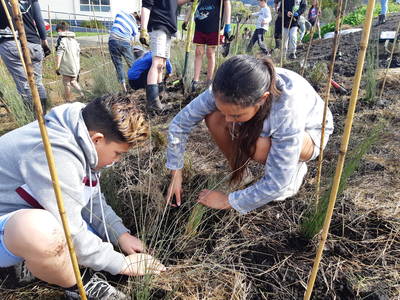
Horahora School participated in the programme in Term 4, 2019 with their senior syndicate. They investigated the Raumanga Stream at their school and upstream at the Raumanga Valley Reserve and found a huge variety of macroinvertebrates!
As a follow-up action they decided to spray paint drain stencils around their school to remind other students and their whānau about the importance of keeping the stormwater drains clean!
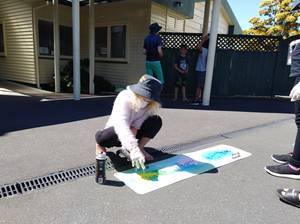
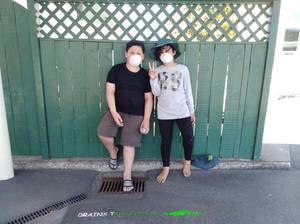
Thank you to our DTH Programme Supporters!

